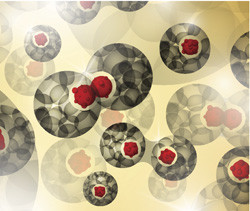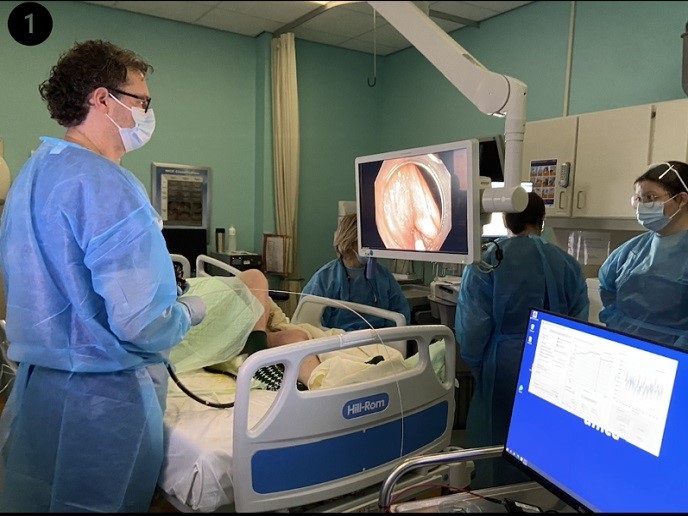The top and bottom of cell architecture
Examples of the seriousness for the organism if polarity is not adhered to can be seen in human epithelia, linings of organs. Epithelia are the source of most cancers and defects in apico-basal organisation are accompanied by poor prognosis. Another example is that absorption of nutrients in the gut has to have a polarised direction. The 'Understanding the coordination between mitosis and cell polarity in Drosophila' (COMITPOL) project investigated how polarity is conserved during cell growth division, mitosis. Physically splitting the cell by cytokinesis presents many challenges as organisation of polarity must take into account dramatic cytoskeleton reorganisation. Furthermore, the scientists explored if division of the cytoplasm or cytokinesis is associated with loss of polarity during tumour formation. Protein complexes at cell-cell junctions, Adherens junctions, show a polarised distribution in epithelia and are linked to the actin cytoskeleton that maintains cell shape. Using both time-lapse movies of intact Drosophila ovaries and three-dimensional reconstructions of fixed samples, COMITPOL researchers found that the apical localisation of Adherens junctions also determines the asymmetry of cytokinesis in order to maintain epithelial architecture during proliferation. The scientists also investigated the organisation of other key polarity determinants, such as the tumour suppressor Lgl. Altered expression of cell adhesion and polarity proteins has been associated with epithelial transformation and human cancer. Mitotic kinase Aurora A redirects the polarity protein Lethal giant larvae (Lgl) to a new subcellular localization in the cell during mitosis. The work has been published in peer-reviewed journals including EMBO reports and Cell Cycle. Looking at proteins involved in conservation of polarity during mitosis is a research path leading towards targeted therapies. Continued research on polarity and tumour progression is planned thanks to funding from the Portuguese Foundation for Science and Technology. Findings promise further discoveries relevant to human disease.







